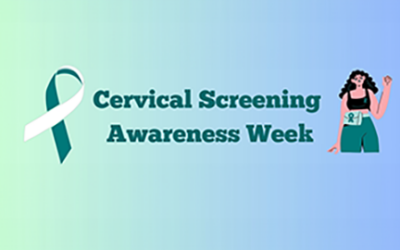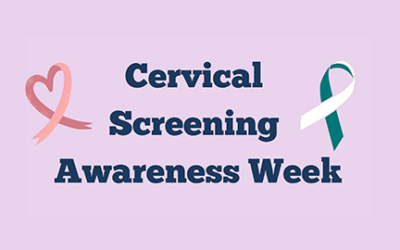Black Triangle Scheme
Written by Angus Byrne

What is the Black Triangle Scheme?
When medicines are first introduced to market, although there has been extensive research done in a clinical environment, it’s known that only the more common adverse events are likely to have presented themselves due to the small sample size. Once a larger number of patients in the general population have taken the drug, rarer and longer-term side effects are likely to present themselves.
The black triangle scheme has been in place for many years in the UK, being adopted by the European Medicines Agency (EMA) in 2010, to encourage enhanced reporting of adverse drug reactions (ADR). The marking does not mean that the medicine is unsafe, just that it is subject to additional monitoring as there is limited data about long-term use (Medicines Under Additional Monitoring – European Agency, 2021).
Those medicines that are undergoing additional monitoring have an inverted black triangle ▼ in their package leaflet and in the information ‘summary of product characteristics’ provided for healthcare professionals. The symbol does not appear on the outer packaging or label of medicines.
All medicines are carefully monitored once they come to market in the EU, but the black triangle scheme is intended to enhance the reporting of ADRs in medicines that meet the following criteria (Medicines and Healthcare products Regulatory Agency, 2014):
- a new active substance or a biosimilar medicine
- a new combination of medicines or active substances
- a new route of administration
- a new drug-delivery system
- an established medicine which is to be used in a new patient population
The scheme was first introduced across the EU in the 2010 pharmacovigilance legislation, coming into effect in July 2012, with the black triangles first appearing in leaflets EU-wide from 2013.
The length of time for which a product retains its black triangle status has no specific limit, although it is usually 2 years. The symbol is only removed once the product’s safety has been assessed and proven (Medicines Under Additional Monitoring – European Agency, 2021).
Why are Medicines Monitored After Authorisation?
Medicines are authorised for marketing based on the totality of evidence on the product, including data from clinical trials assessing the benefits provided by the medicine against its potential risks. Only medicines that have benefits outweighing their risks will come to market.
Clinical trials involve a small, standardised sample size of participants, who are only given the drug for a short amount of time, therefore it’s a regular occurrence for only the more common side effects to be recorded from this exposure.
When the medicine is then taken by the general population, it will be used by a larger and more diverse group of people for a much longer time. These people may be suffering from a range of other diseases and be taking a number of other medications that could potentially have interactions. These additional factors and the larger population size make it possible that new ADRs will present themselves.
Therefore, it is crucial that medicines continue to be under surveillance following their introduction to market (Medicines Under Additional Monitoring – European Agency, 2021).
Access the list of medicines under additional monitoring currently here
Medicines and Healthcare products Regulatory Agency. (2014, December 11). The Black Triangle Scheme. GOV.UK. https://www.gov.uk/drug-safety-update/the-black-triangle-scheme-or
Medicines under additional monitoring – European Agency. (2021, April 8). European Medicines Agency. https://www.ema.europa.eu/en/human-regulatory/post-authorisation/pharmacovigilance/medicines-under-additional-monitoring
Read More Pharmora Blog Posts Below
Pharmora Journal Club: as sure as eggs is eggs?
Read on to learn about the new Pharmora Journal Club, and what we learnt from it….
World Cervical Screening Awareness Week 2024 Blog 2
Celebrating the World Cervical Awareness Week, our CMO reflects on patients she has known with cervical cancer, and her personal experience with cervical screening…
World Cervical Screening Awareness Week 2024
Celebrating the World Cervical Awareness Week, we would like to take this opportunity to reflect on cervical cancer, its causes, how it could be prevented, and getting an early diagnosis through screening…


